Scarlet Empress, The (1934)
“It must be cold — at night.”
|
Synopsis: |
|
Genres, Themes, Actors, and Directors:
Response to Peary’s Review: Peary goes on to write that “visually, the film is dazzling, the most imaginative American film of the sound era prior to Citizen Kane” — and while Sternberg apparently liked to claim full auteurship over his films and not give appropriate credit, he did work “closely with Paramount’s costume designer, Travis Banton; with imported Swiss artist Peter Balbusch, Hans Dreier, and Richard Kollorsz on the incredle Byzantine sets (which were meant to be ‘recreations’ of the Russian court); and with cinematographer Bert Glennon on his masterly composed images”. As DVD Savant writes in his review, “There is hardly a close-up of a character that doesn’t share the frame with a giant gnarled hand or twisted wooden face. It’s as if the drama were being played out amid a castle crowded with petrified ancestors.” Peary adds that most of “the film’s most memorable scenes have no dialogue, just music and sounds effects to heighten the impact of the extraordinary images: the wedding ceremony; the wedding banquet; and the sweeping finale”. He ends his GFTFF review by asserting that “Sternberg’s greatest, most perverse film has still not received its due”. To that end, in Alternate Oscars, Peary names this “bizarre film — some would say berserk” — Best Movie of the Year. In this review, he highlights Dietrich’s performance, noting she’s “perfect as Catherine; she is fearless, sardonic, indifferent, playful, ambitious, and as naughtily flirtatious as Mae West”, turning from a “naughty innocent — ripe for seduction” into a “shrewd libertine, and then in her triumph, a monster who relishes both her power and the means by which she obtained it”. He adds that while she “may be crazed”, we “forgive her, if only because she’s still preferable to Peter” (played by Jaffe, who is “ideal as the demented ruler”). Peary writes even more about the film in his first Cult Movies book, where he notes that it “stimulates the senses with provocative sexual imagery, often of a perverse nature; breathtaking montages of barbaric torture, some nightmarish, some realistic; mammoth palace chambers, heatless and sparsely furnished, with heavy, fifteen-foot-high doors that groups of nameless scurrying ladies of the court struggle to open, and large, weirdly sculpted gargoyles, saints, faces, and bodies twisted into attitudes of great suffering; [and] an eighteenth-century Russian court full of oddball characters one would more expect to find in Alice’s Wonderland.” It’s all truly unlike anything you’ve ever seen, and well worth at least a one-time visit. Redeeming Qualities and Moments:
Must See? Categories
Links: |


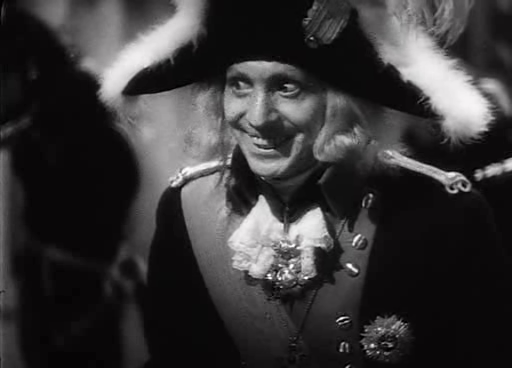
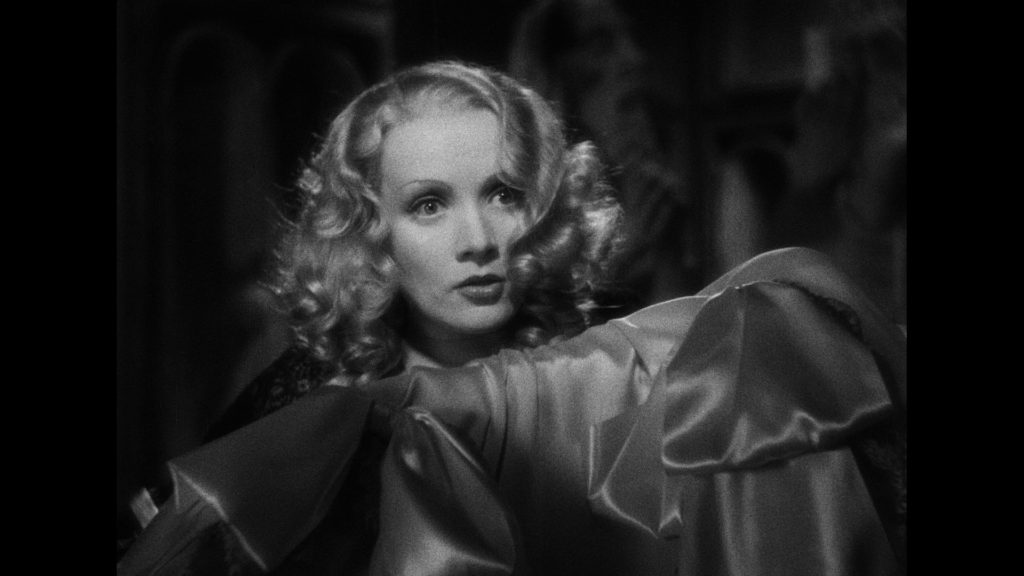
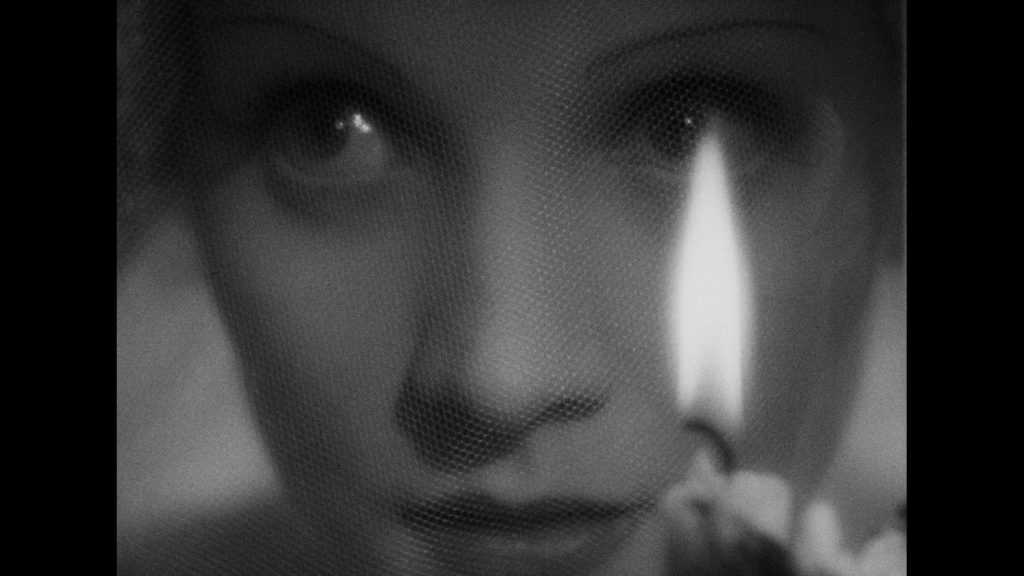
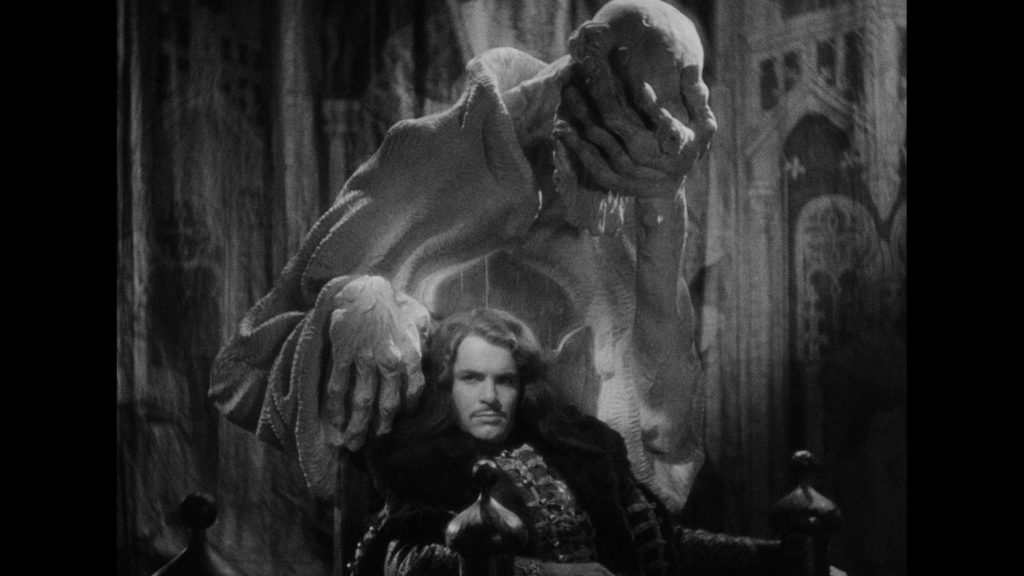
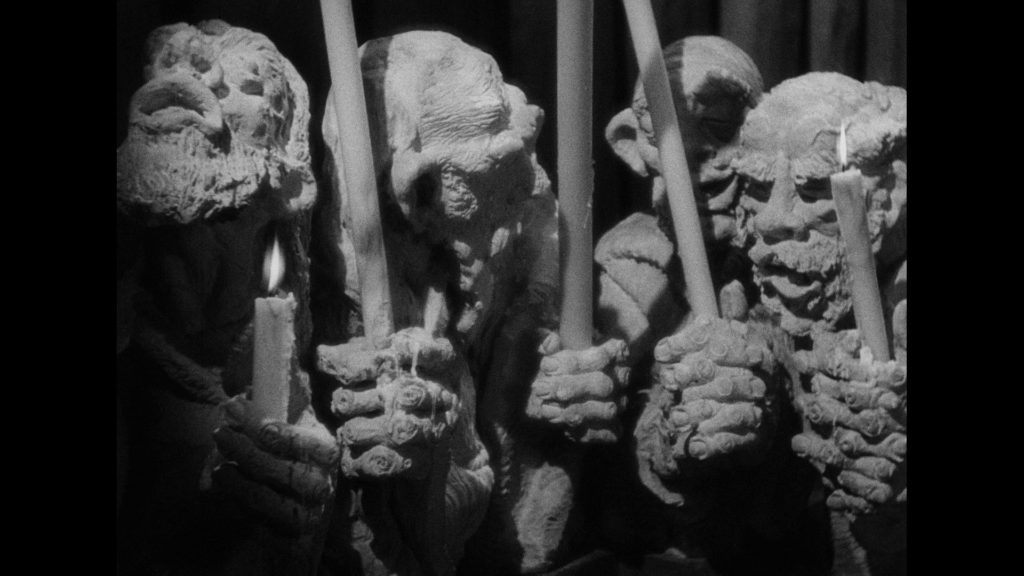
One thought on “Scarlet Empress, The (1934)”
Must-see, as a solid cult item in cinema history. Fans of cult films are likely to return for additional viewings. Personally… after ‘Blonde Venus’, this is my next favorite von Sternberg / Dietrich film.
As per my post in ‘Revival House of Camp and Cult’ (fb):
“Well, Lieutenant, you *are* fortunate – very fortunate.”
‘The Scarlet Empress’: Cinematic opulence at its finest! The 6th of the great Josef von Sternberg’s 7 films made with Marlene Dietrich is a relentless exercise in kitsch, over-stuffed in Russian gothic splendor (the production design is unbelievable) – and it is both stunning and brilliant. You ain’t seen nothing like this! Based (-ish) on the diary of Catherine the Great, it’s the story of a young German girl sought after for the Grand Duke of Russia so that the country can have an heir. It also shows how this girl grows up to be wildly adventurous sexually – to secure power and loyalty, in the face of a cruel Empress (fiercely, memorably played by Louise Dresser) and a husband who is “a royal half-wit” (Sam Jaffe, with more than a suggestion of an insane and evil Harpo Marx). Dietrich and her sexy co-star John Lodge are both quite good. It’s amazing how filled with lust the film ultimately is – while not actually showing anything; the suggestions alone are enough to make you fan yourself. This was one of the last films of the pre-Code era – Hollywood would get a real rein-in on such shenanigans for awhile.